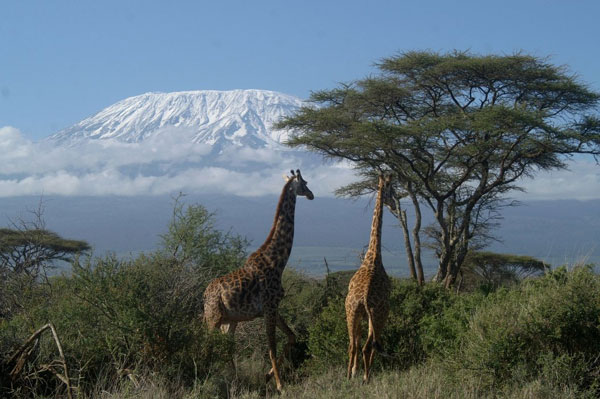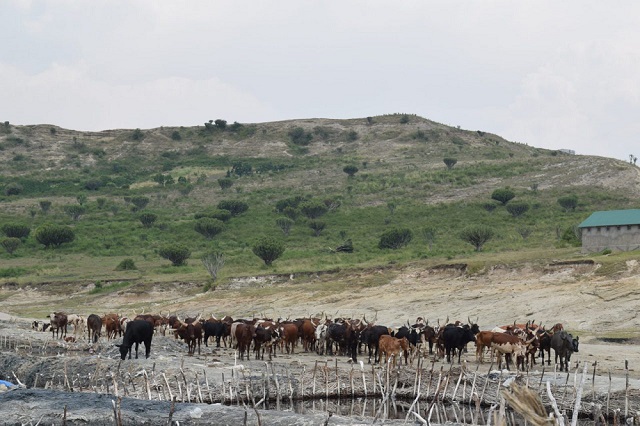
Kampala, Uganda | Isaac Khisa | Media Council of Kenya in partnership with the Food and Agriculture Organization of the United Nations, plan to start training practising journalists on effects of climate change across the East African
region, according to its Deputy Chief Executive Officer and Programmes
Manager, Victor Bwire.
Bwire, who spoke at the Kenya Science Journalists Congress at Sai Rock Hotel in Mombasa on Nov.18, said the training will target at least 60 practising journalists in Kenya, Uganda and Ethiopia early next year, as it is also incorporated into higher institutions of learning curricula across the region.
This development, however, is subject to the Council’s conclusion of the curriculum development on climate change reporting which is currently underway.
Bwire revealed that the Council is working with Makerere University and is in the process of sending its team to the Ethiopian Capital of Addis Ababa for discussion with the various stakeholders about the new development intended to arm journalists with climate change knowledge.
Cromwel Busolo, a lecturer at the Department of Meteorology at the University of Nairobi and one of the participants in the new initiative, said the new curriculum will consist of five modules that includes among others; introduction to climate change and its key drivers, climate change monitoring and protection, global climate
change issues, how to tell a story and economics of climate change.

“The fact is that you (journalist) are already doing well enough but concentrating more on what has already happened rather than the process or the opportunities that comes up with the climate change,” he said.
This development comes at the time reports indicates that the East Africa experienced a warming of up to 1°C during the last century, and the model projections for future warming range from an increase of 2°C to 4°C or more by 2100.
So far, there is evidence of retreating glaciers, along with increased frequency and intensity of droughts, floods, heat waves and landslides across the region.
For instance, the ice cap on Mount Kilimanjaro in Tanzania has significantly melted as has a large portion of the ice cap on the Rwenzori Mountains in Uganda yet are important sources of water for the communities living on the slopes of the mountains.
Their disappearance, means that there will be a significant negative impacts on the lives and livelihoods of rural communities (especially) and urban centres that rely on water from the ecosystems as the water stress will lead to increasingly poor livelihoods and rising mortality rates due to increasing water-borne diseases, malnutrition and burden on women and children.
 The Independent Uganda: You get the Truth we Pay the Price
The Independent Uganda: You get the Truth we Pay the Price


